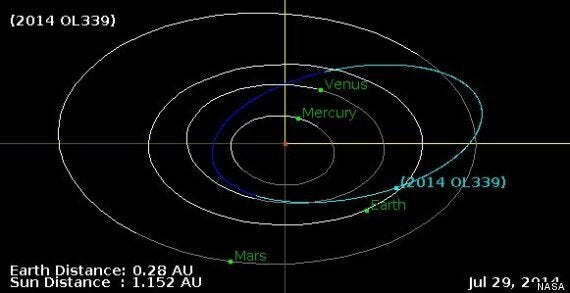There is only one Moon.
But Earth technically has many more moon-like-things than just the one we walked on in 1969
And now there's one more: an asteroid has been discovered with an orbit which is so stable with Earth's that it has been recognised as a quasi-satellite -- a new moon. Ish.

Officially Earth does have just one natural satellite. But astronomers have long recognised that the whole-sort-of-general-mish-mash above our heads is a lot more complex than is presented in simple diagrams of space.
For instance, Earth regularly 'captures' asteroids which are flying nearby and then enter into an orbit with our planet - sometimes for a short time, occasionally for four orbits or more. Researchers also think that many small asteroids could be in near-permanent orbit around Earth that we just can't see.
And there are also several asteroids which have 'orbital resonance' with Earth in that, while they orbit the Sun, so closely match the path of our planet that they are essentially stable.
The new discovery - 2014 OL339 - is one of these. Discovered on July 29, 2014 by Farid Char of the Chilean University of Antofagasta, it is an asteroid with a diameter of about 100-200 metres. It orbits the Sun on a fairly unstable path, but currently it has entered a period in which it is pretty stable with the Earth.
The Earth's gravity is strong enough to affect the asteroid directly, giving it a "wobble" which means it appears to circle the planet.
The co-orbital period started 775 years ago, and will last another 165 years after which point its orbit is difficult to predict.
In the paper the astronomers explain:
"The past and future orbital evolution of this object becomes difficult to predict although it remains in the neighbourhood of Earth’s co-orbital region for thousands of years. Asteroid 2014 OL339 was considerably more stable in the past. It may remain as a co-orbital to our planet switching between the various co-orbital states."
Earth has three other quasi-satellites. For your reference their catchy names are (164207) 2004 GU9, (277810) 2006 FV35, 2013 LX28.